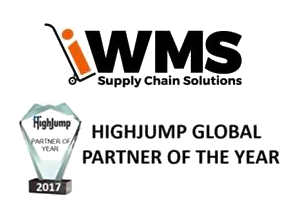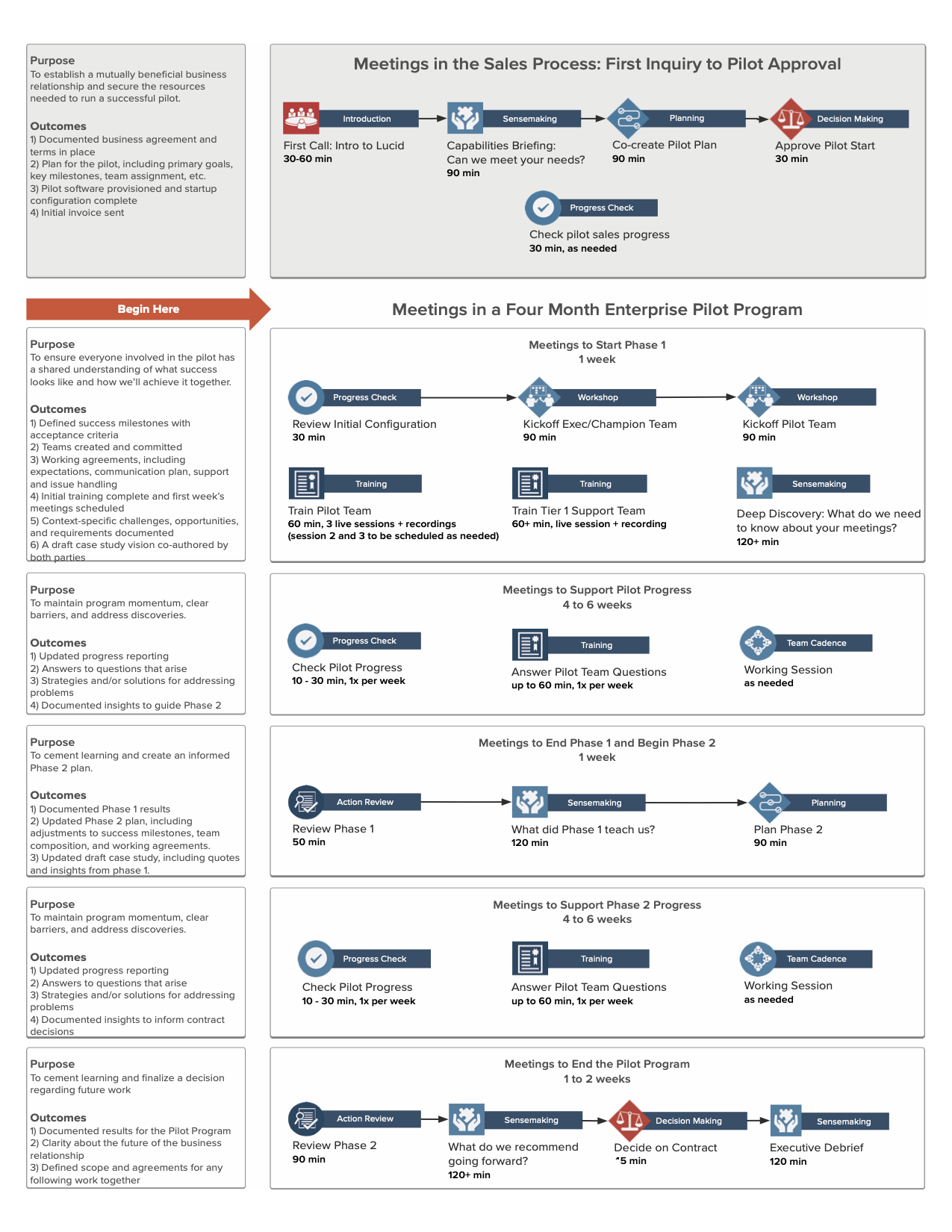Going from Good To Great: A Case Study on Improving Meeting ROI

About iWMS
iWMS is an international HighJump software service provider.
Since its inception in South Africa 2009, the company has extended its operations into India, the United States, Australia and New Zealand.
This global expansion allows iWMS to access the best global resources while also expanding their market share. The combination allows them to blend teams and make sure the right level of experience is available for their customers.
iWMS CEO, Richard Evans, noticed that his internal and customer meetings were going well, but he thought they could use a bit more structure.
He decided to look for a way to improve the company’s management meetings, and decided that it was important to document decisions, formally track action items, and follow up after meetings to make sure everyone was sticking to commitments.
Challenges All Global Teams Face
When teams work together from different time zones – or even different continents – the times throughout the workday that they’re available to meet decreases.
As a result, the time that people do invest in meeting with colleagues requires a high rate of return.
Once you’re able to coordinate schedules and bring a team together, you’d better make the time worth everyone’s while.
From what they could tell, the management team at iWMS was having productive and engaging meetings, and all seemed to be running quite smoothly. But while meetings seemed productive, Richard felt that they might be missing some of the action items that were assigned to them, because everyone had their own version of the notes from each meeting.
“We have offices in 6 different locations, so we needed to have a number of meetings to make sure the teams were on track. Whilst we were having
good meetings, we were not doing a good job in tracking action items from the internal meeting.”
Once a team is geographically dispersed, the need for tracking and coordination between locations intensifies.
iWMS Before Lucid
Richard and his management team were using email, calendars, and notebooks to track their conversations with colleagues. Most of the time, these discussions were documented – yet there was no formal record of who was accountable for what.
Without a shared view of the team’s notes and assigned tasks, the lines of responsibility can become blurred – which sometimes leads to misunderstandings.
In addition to internal meetings, the iWMS team was losing track of action items in customer meetings.
“We were experiencing problems in tracking meeting notes and action items from customer meetings, and ensuring that these were documented correctly and the actions were followed up on and actioned.”
Striving for continuous improvement, Richard decided to find software to support the documentation of their meetings and track all actions assigned to meeting attendees.
He wanted to make sure there was a formalized way to capture the team’s good ideas and follow up on them in an organized fashion.
Meetings With Documentation Reduce Repetition
One of the biggest complaints we hear from potential customers is that they tend to repeat conversations they’ve had in the past.
Why do teams cover the same topic over and over? Because most of them aren’t accustomed to collaboratively recording what happened in a meeting. Once the important information is documented, no further discussion is needed unless the information changes.
“I know that my recurring meetings will have all previous actions items
listed which helps us make sure that we follow up on previous action items in every recurring meeting.”“No one has to remember what these action items are and there is a lot less discussion about topics already covered.”
How iWMS Uses Lucid To Support Global Meetings
When Richard first found Lucid, he signed up for a trial. Once he saw a return on his investment, he knew that it was worthwhile to purchase a plan because it would increase the effectiveness of their meetings.
A good leader finds the best tools for their team, but a great leader will help their team understand the benefits they get from adopting it.
“As CEO, I use Lucid for all meetings I run and every time a new person is in a meeting I spend the first 5 to minutes explaining the purpose of Lucid, which includes an explanation on the benefits of it for everyone in the meeting.”
By explaining to each team member why the company was now using the Lucid platform, adoption was high and the onboarding process went smoothly.
Some of the benefits Richard and his team quickly saw were:
- A combined task list where they can see all of the team’s action items and then quickly separate them out by meeting room.
- The ability to carry actions from one meeting to the next so that they are reviewed and followed up on.
- The instant emailing of meeting notes once the meeting ends.
Management had a high perceived meeting quality (PMQ) before, yet now they look back at their previous meetings and see that the PMQ is much higher.
Conclusion
As CEO of iWMS, Richard Evans strives to keep his global management team synchronized in order to keep up with both market and customer demands.
He knows he has a great team with great ideas, yet those ideas were sometimes getting lost in the shuffle. To improve the company’s business and increase accountability, Richard implemented Lucid Meetings and introduced the platform.
“In hindsight, our meetings before Lucid were not very well run and although the content was useful, our business wasn’t reaching its full potential. There was no accountability for implementing all the excellent ideas the meetings were generating.”
The result of Richard’s actions has clarified team member responsibilities, decreased discussion of the same topics over and over, and increased the return on everyone’s time investment.
Learn more about iWMS’ supply chain solutions and services at https://iwms.co.za/.
Download the PDF version of this success study to share with your team.



